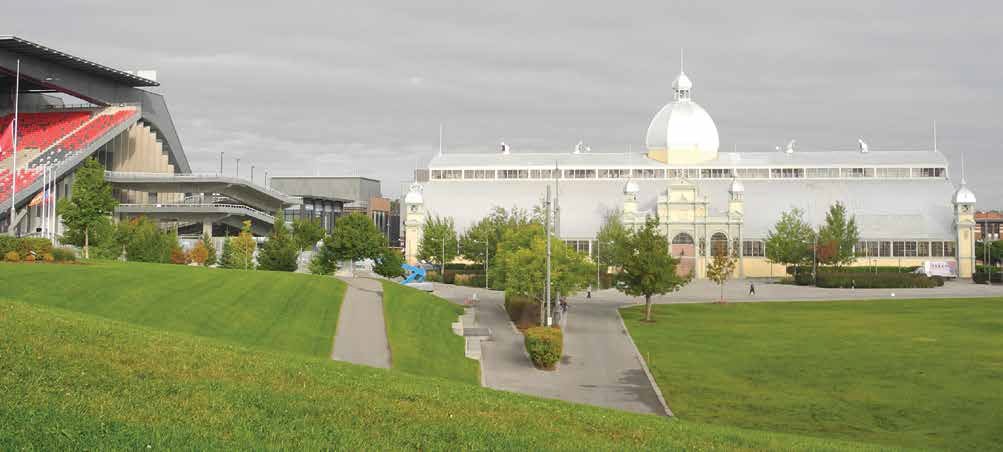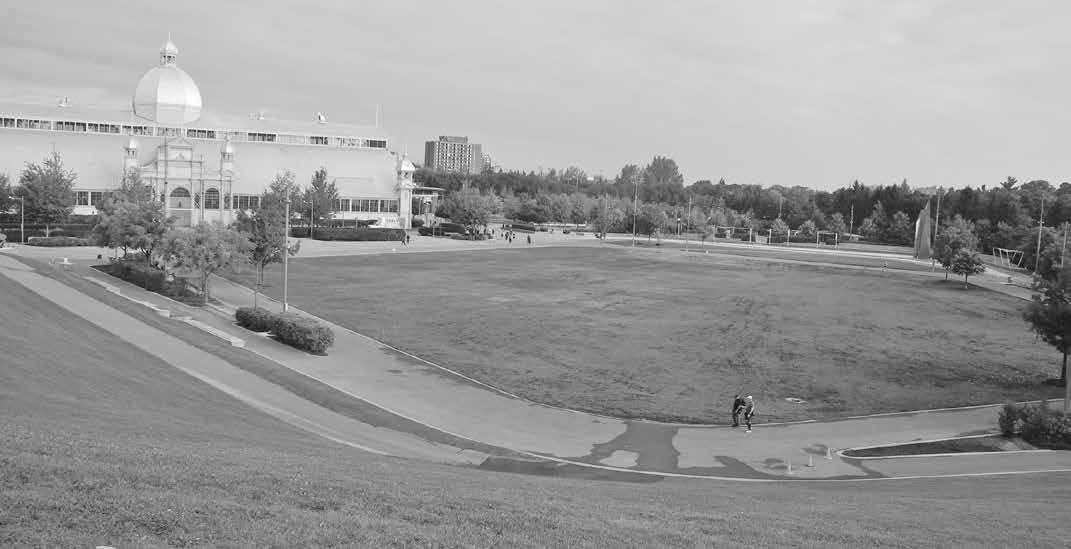
The contentious Lansdowne 2.0 proposal, which is expected to get City Council approval in early November despite heavy opposition from affected community associations and citizens, is “a tremendous opportunity squandered” and “a perfect example of particularly bad governance.” Photo by John Dance
Alexandra Gruca-Macaulay
The Lansdowne 2.0 proposal that is expected to cost the City $417 million and involve at least $239 million of new City debt goes for final approval to the joint Finance and Corporate Services and Planning and Housing Committees, and City Council in early November. Despite assurances that there would be a “robust” consultation process before the final report, the City instead has run marketing-heavy “information” sessions with severely restricted opportunity for public input. As a result of this lack of consultation, Lansdowne 2.0 is a tremendous opportunity squandered, and the downside costs over time could prove to be staggering.
Calls for financial transparency from community associations, and prominent Ottawa residents including Kevin Page, former Parliamentary Budget Officer, and Michael Wernick, former Clerk of the Privy Council of Canada, have been met with silence. There have been promises of “deep dives” and financial due diligence, but the scope of work for the consultants has been so narrowly constricted as to almost certainly render the final product of limited value. For example, rather than ask questions such as “can Lansdowne’s total future retail operations realistically be expected to offset the projected losses of other operations like the 67s and event centre?” the scope limits its question to the “economic viability” of an “additional 59K feet of retail space.” Most importantly, there has not been a deep dive into the question of why the Lansdowne partnership has lost money since operations started in 2014 despite prior projections that repeatedly promised rosy profits that have never been delivered.
Absent meaningful consultation, the City’s final proposal may at best present a second option that has tinkered with some of the details on the edges: maybe two huge towers instead of three; but the process of rezoning the site—which includes the football field—from 38 metres to 127 metres to allow for 40-storey towers marches ahead. As one observer cautioned, “2.0 looks to be laying the groundwork for 3.0.” Options that could have yielded real value to the taxpayers of Ottawa such as a site for the arena that is close to the LRT and a good match with the City’s development plans, or space that brings true community benefits for Ottawans, such as a public recreation centre have not been explored – instead the City has doubled down on paying for a “take it or leave it” $400 million proposal from OSEG.

Lansdowne 2.0’s opponents regard the proposal as a massive overspending of taxpayers’ dollars on a deal that has done nothing to date but lose money and shrink the greenspace at Ottawa’s primary central park. Photo by John Dance
The Lansdowne 2.0 proposal appears to be a perfect example of particularly bad governance: no real consultation, obfuscation instead of transparency, de facto subsidization of private investments, massive spending of taxpayers’ dollars on a deal that has done nothing but lose money, squandered opportunity and green space, creeping commercialization of what is supposed to be Ottawa’s primary central park, and no meaningful delivery of affordable housing.
As a financial underperformer, Lansdowne 1.0’s only bright spot has been the new urban park components by the Canal. Now Mayor Sutcliffe and the majority of City Councillors want to spend much more public money, while no money is coming from the Ottawa Sports and Entertainment Group. Lansdowne Park—a City-owned urban park—could be a beautiful welcoming space for all the people of Ottawa, to come, enjoy, and be active in. But instead, it appears destined to become a high-rise development with a City owned shopping mall.
It seems no one has taken the effort to answer a key question: “If the City is to spend $400 million at a time of competing priorities, is Lansdowne 2.0 the best use of funds for the Ottawa taxpayer?”






